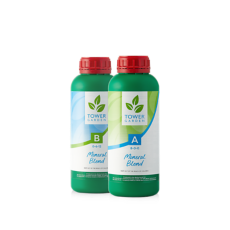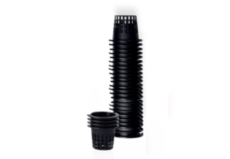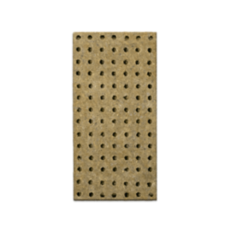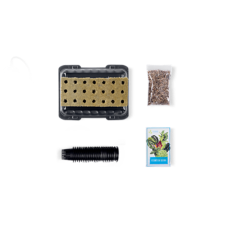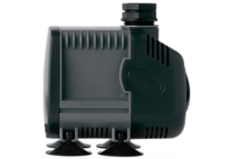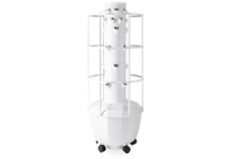Flowers but No Fruit? Try Hand Pollination.

Do your fruit-bearing plants produce lots of beautiful flowers but little or no fruit? This is one of the most common — and frustrating — issues that gardeners deal with, especially in urban environments.
The cause could be pollination — or rather the lack thereof due to declining bee populations. Attributed to parasites, disease, pesticide exposure, and other factors, the decline in pollinator populations became a noticeably serious problem in 2006.
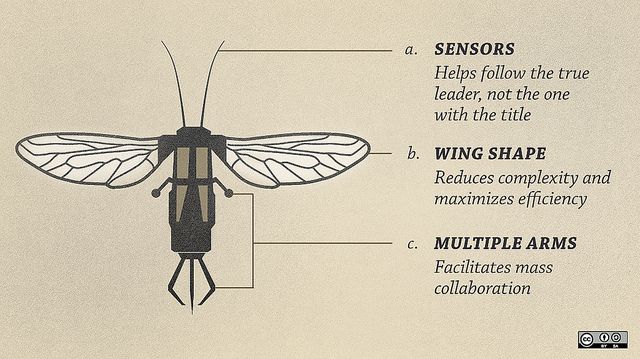
In addition, some brilliant minds are exploring the idea of alternative pollination methods, such as robotic bees and aerial pollination by drones. While these technologies may also help large agricultural farmers in the near future, Tower Garden growers might need to try hand pollination, also known as manual or mechanical pollination.
Do You Need to Hand Pollinate?
You should probably hand pollinate if:
- You’re growing indoors, in a greenhouse, or on a screened porch.
- You don’t see bees or other insects hovering around your flowering plants outdoors.
- Your plants produce fruit that shrivels and dies before maturing.
Even with healthy pollinator activity, you may consider hand pollinating simply to prevent cross-pollination between similar plants. This is important if you want to save seeds from your garden to grow more of the same plant — a common practice for heirloom varieties.
Watch Top Techniques for Hand Pollination
When it comes to pollination, there are two types of plants: Those with self-fertile flowers and those with separate male and female flowers. This video covers how to hand pollinate each type.
How to Pollinate Self-Fertile Plants
Self-fertile (sometimes called “self-pollinating” or “self-fruitful”) plants include:
- Beans
- Aubergines
- Peas
- Peppers
- Strawberries
- Tomatoes
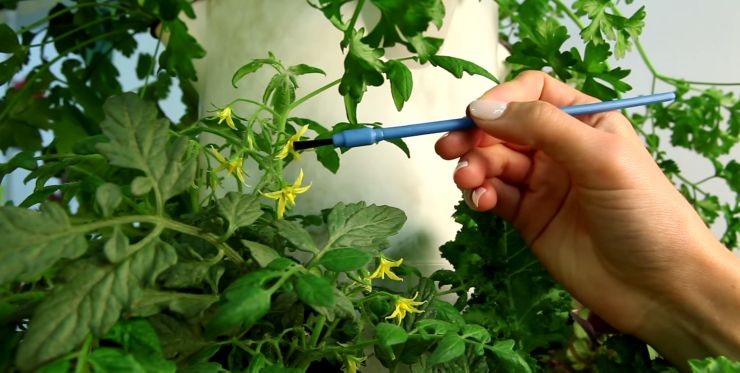
The flowers of these plants have all the necessary parts to produce fruit. So hand pollination isn’t usually necessary if you’re growing outdoors, as even a slight gust of wind can often facilitate pollination. But for good measure, here are two ways you can pollinate a self-fertile plant:
- Carefully shake the plant or blow on its flowers to stimulate pollen release; or
- Gently swab the inside of each flower with a small paintbrush or cotton swab to transfer pollen into the pistil (middle part of the flower).
How to Pollinate Plants with Separate Male and Female Flowers
Plants that produce separate male and female flowers on the same plant include:
- Cantaloupes
- Cucumbers
- Pumpkins
- Squash
- Watermelons
- Courgette
For these plants to produce fruit, pollen from a male flower must make its way to a female flower. So naturally, these crops tend to struggle with pollination more than self-fertile plants.

Typically, male flowers (which have slender stalks and pollen-laden stamens) bloom first. These fall off a few days after blooming. After a couple of weeks, you should start to see female flowers (which usually have small budding fruits at the base).
It’s easiest to pollinate early in the morning when the blooms are open, using the following techniques:
- Swab the inside of the male flower with a small paintbrush or cotton swab, and then swab the inside of the female flower to transfer the pollen; or
- Pick a male bloom, peel off its petals and lightly dust pollen onto the pistils of the females with the male stamen.
For best results, you should hand pollinate every few days or until you begin to see fruit. If you don’t see fruit after a week or so, the problem may actually be something else, such as a lack of light or extreme temperatures.

